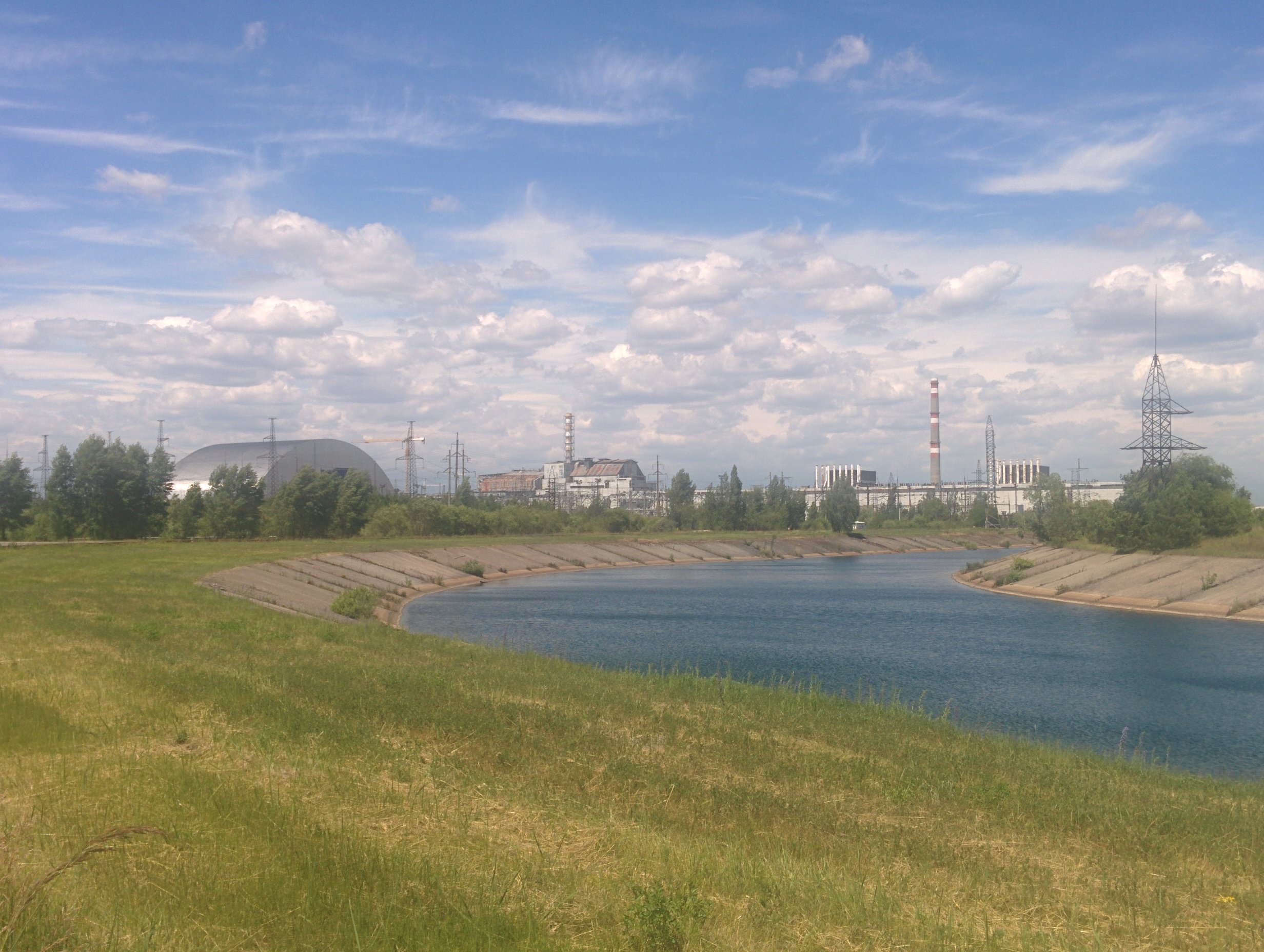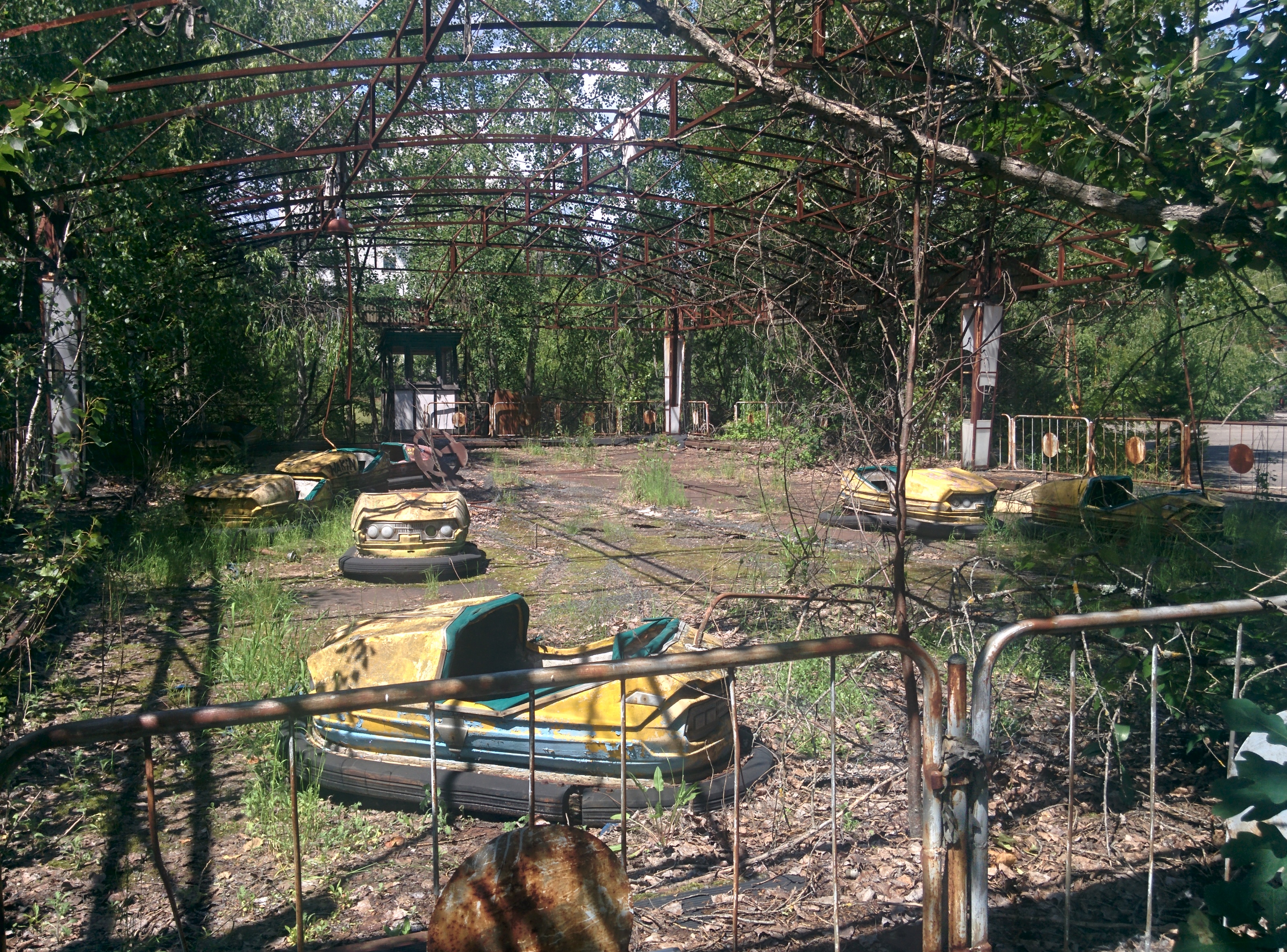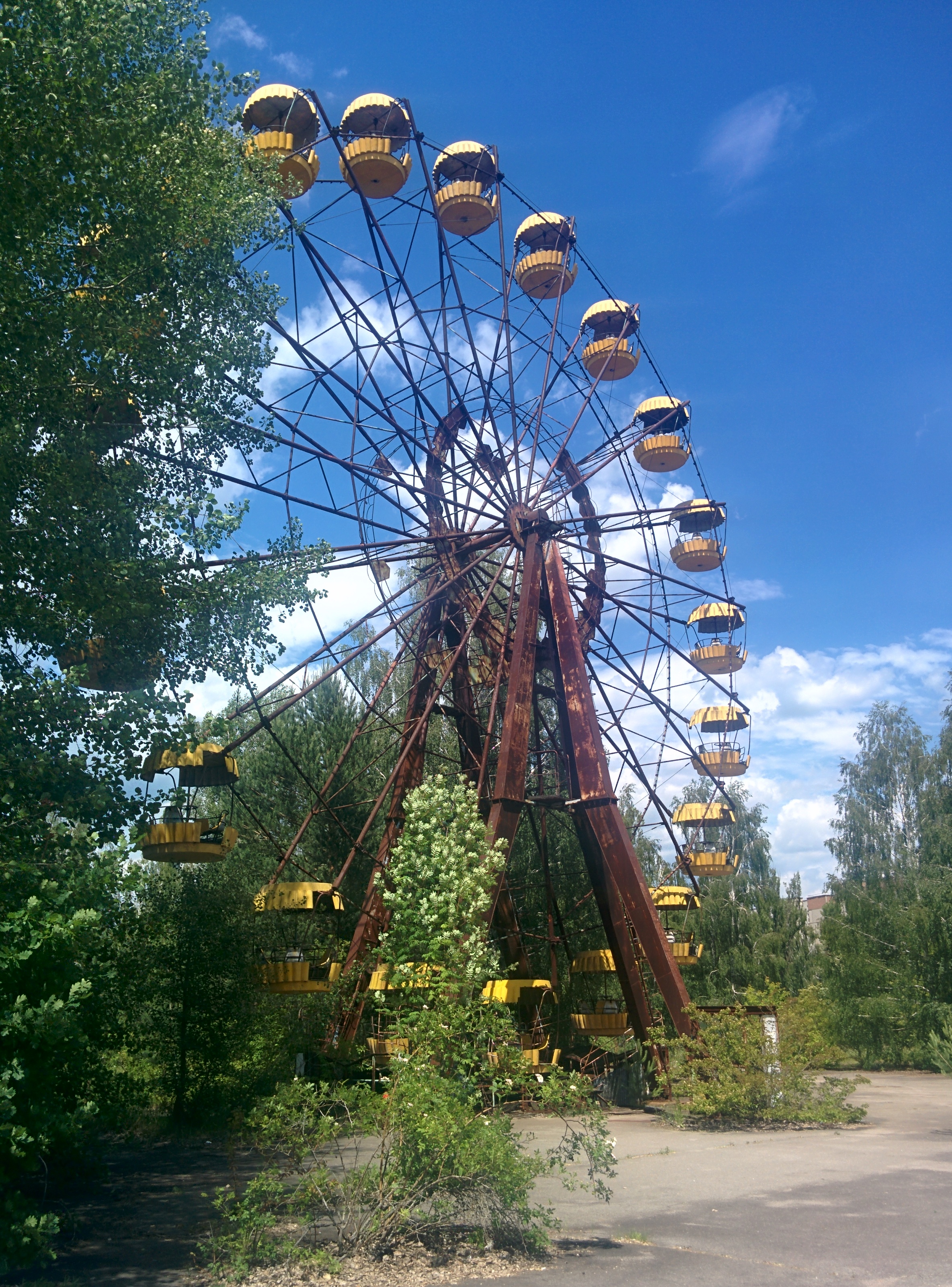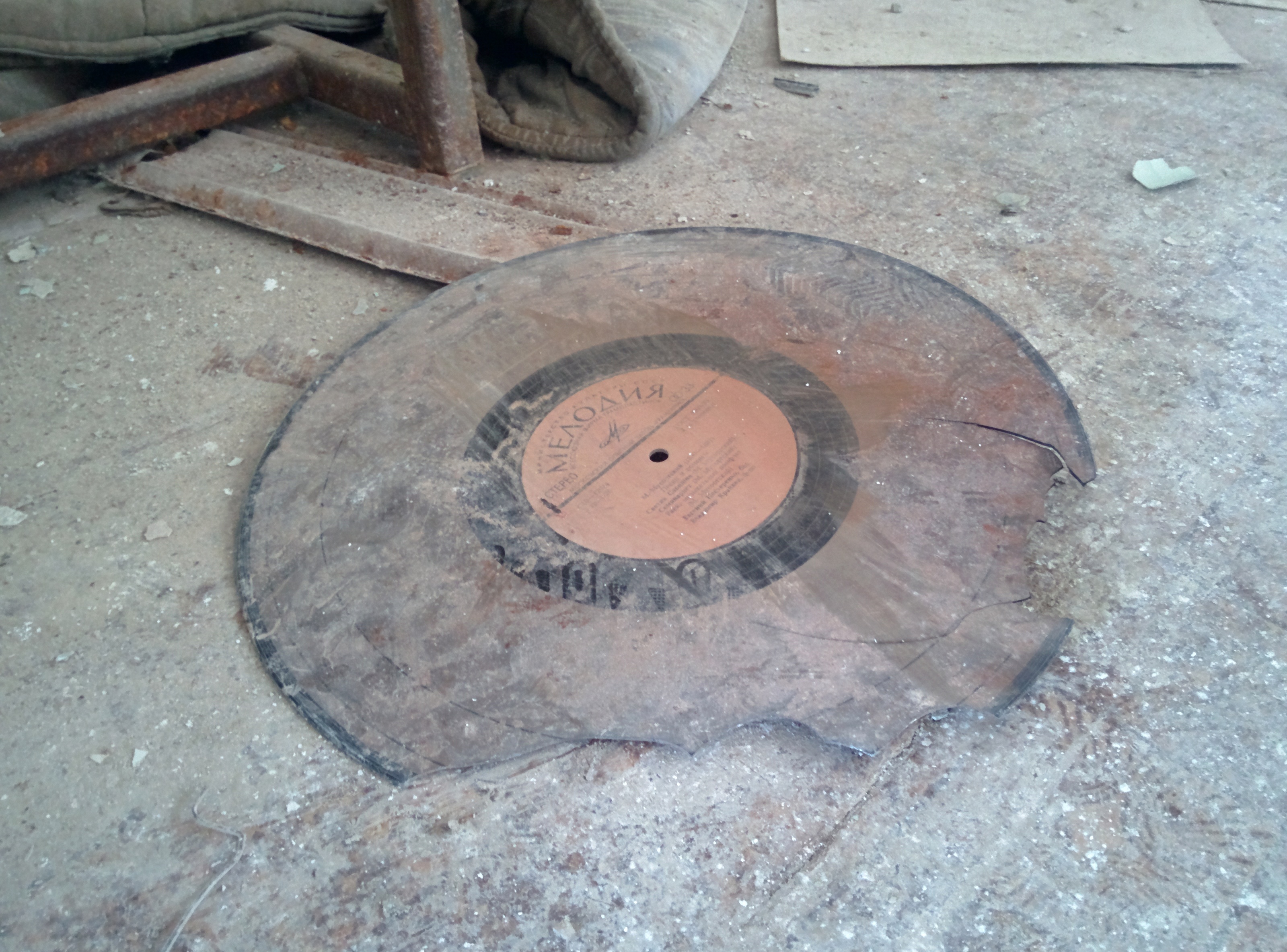Ukraine: My Trip to Chernobyl and Pripyat
Warning: Photo overload!
As mentioned in my brief post on Kiev, my primary reason for visiting Ukraine was to take a look at the site of Chernobyl, the site of the infamous nuclear accident of April 1986, and the neighbouring towns and villages. If you’re not too familiar with the whole thing, there’s a basic summary here.
Following many years of instability and severe radioactive fallout, the place has been opened to tourists since 2002, with the number of visitors increasing steadily each year. There are around a dozen companies offering tours; most of which include a visit to the reactor which exploded, and the surrounding towns which were evacuated in the days after the accident. I opted to go with SoloEast, a company which operates under www.tourkiev.com. You need to submit your passport info several days before the tour in order for the company to obtain a pass from the government to visit the exclusion zone.
As we left Kiev in the morning, we were given pamphlets with information on where we’d be going, the radiation levels present and comparisons between exposure one would receive when taking a long distance flight versus what we’d get that day. It’s a two hour drive from Kiev to the exclusion zone, and the time is filled with informative and entertaining documentaries and videos about Chernobyl, including the Top Gear episode filmed here.

There are two sections to the exclusion zone other than the area directly next to the destroyed reactor. We passed the 30km checkpoint at which our passports were checked. The soil around the 30km point is still contaminated but, allegedly in theory, should eventually be re-habitable. The area within 10km, however, will forever be uninhabitable, although people are working there now on a shift basis and some locals have returned despite warnings.

Above are monumental signs naming the villages that were evacuated. Below is a monument to the firemen who were first on the scene on the night of the explosion, on 26 April ’86. The writing on the plaque translates to, ‘To Those Who Saved The World.’ It was built in ’96 by friends and relatives of those who died preventing a second catastrophic explosion, which would have rendered Europe a wasteland.

After visiting the monument, we continued on down the road, where it is obvious that, within that 30km zone, wildlife has taken back over. People live around here, and live a mostly normal life, with a few exceptions; there are no children, there’s a 10pm curfew and strict limits on alcohol.


On the way towards exclusion zone one, we took a small detour to check out an old Soviet Duga radar, used back then to detect incoming missiles from the USA. This thing is seriously huge, and was powered by the nuclear plant back in the 80’s. Construction began in 1970 and it began operating in 1977, the same year the nuclear plant opened. After the accident, it continued to be used in operation until ’77, when the ‘Russian Woodpecker,’ so named for the nuisance it caused to radar operators everywhere, was shut down.



After checking out the radar, we piled back in the van and began the journey to the plant and the neighbouring town of Pripyat. On the way, we stopped off at the site of one of the villages which was evacuated after the incident. Nature has mostly overgrown everything, but we were able to visit a kindergarten, which still has a lot of things lying around from ’86. As with Pripyat, nothing we visited was really in an ‘evacuated’ state, as many things of value have been taken and metal has been reclaimed to be used again. I personally wouldn’t be too keen to have radioactive items chilling in my lounge, but hey.



Below is the view out of one of the kindergarten windows, where you can see vegetation has pretty much claimed back territory.

Radiation levels around the kindergarten sometimes spiked quite high, especially closer to the ground, where the dirt and undergrowth retain radioactivity at a higher level. After checking out the pillaged kindergarten, we continued on in to zone one, where the plant itself is, which is actually 18km from Chernobyl.

That huge silver shell that looks like an aircraft hangar is the new sarcophagus, which began construction in 2007 as a more permanent solution for the leaking reactor #4. Below is a photo of the plant, which is taken from the closest point you can go on the tour. You can see the shrouding built around the exploded #4 reactor to contain the radiation, which is the immediate solution that the new, thick, $2.6b steel sarcophagus will be slid over to cover.


The accident occurred during a test to simulate an emergency power cut scenario. Amazingly, reactors #1, #2 and #3 were switched back on after the accident and people continued to work there to produce power.
After a quick visit to the plant, we headed 3km away to Pripyat, the town that was built in the late 70’s as a neighbouring home for the workers of the nuclear plant. 50,000 people used to live here; now it’s a ghost town. Following the explosion, the inhabitants of Pripyat weren’t immediately told of the nature of the accident. The amount of radiation leaked by the plant was enough to provide a lethal dose to a human in under four days. It was only 36 hours after the bang that a hoard of buses were brought in to move out the residents, who were told to take very little with them.



The theme park here in the photos, possibly one of the most regular appearances in articles about Chernobyl, hadn’t even opened up to the public yet. Opening day was scheduled for the 1st of May, just several days after the reactor went up in smoke.

Radiation around here is around three times higher than normal, making it okay for short visits.

We were only allowed to visit certain parts of Pripyat, which, as well as the theme park, included a football stadium, a pool, a school and a cafe. There’s definitely an eerie feel to the place, although some of it looks more like the result of a war than an evacuation. This, as mentioned earlier, is due to people coming and taking anything of value, which means a lot of the insides of buildings do look like they’ve been looted.

The above photo is taken from what used to be the field. The stadium, as with the park, was to hold its first match a few days after being abandoned.


Back then, Pripyat was a very desirable place to live, as it was a new city and wages at the plant were considerably higher than a lot of other places in the Soviet Union. That changed pretty quickly in 1986.

Walking around the school is somewhat disconcerting, knowing that thousands of children were diagnosed with thyroid cancer in the years following the meltdown.








A mask lying on the desk of what I assume used to be the science lab of the school. Below is a newspaper dated March, 1986. If you’e caught taking stuff like this, you’re in big shit, but people still do. Again, having radioactive shit lying around my house is something I’d be less than enthused about…



Nearby is the river, which was used to provide cooling to the plant. There are fish swimming around it, including a fucking colossal catfish that must have been at least 1.5 metres in length.

Our guide noted that it’s probably not a good idea to take a dip here. I agreed.


After visiting what we could of Pripyat, it was time to end the day with a feed near the edge of the exclusion zone. Before you get checked out of the zone you have to go through a series of checks which scan for radioactivity on your self before you’re cleared to leave.

I’m stoked to have visited Chernobyl and check it off my bucket list. It’s an eerie place, and a definite reminder of the human race’s ability to develop technology to destroy itself. Hundreds of thousands, if not millions, of people were directly affected by this accidents, with related implications too great to count. It could have been a lot worse had the immediate respondents on the scene, oblivious to the suicidal nature of their mission, not prevented a further explosion. There’s a lot more information that I haven’t covered in here, but that’s better off being looked up separately, or even better, visit Chernobyl yourself!
Damo


Very interesting again! Don’t ever worry about posting an”overload” of photos. They’re awesome to see.